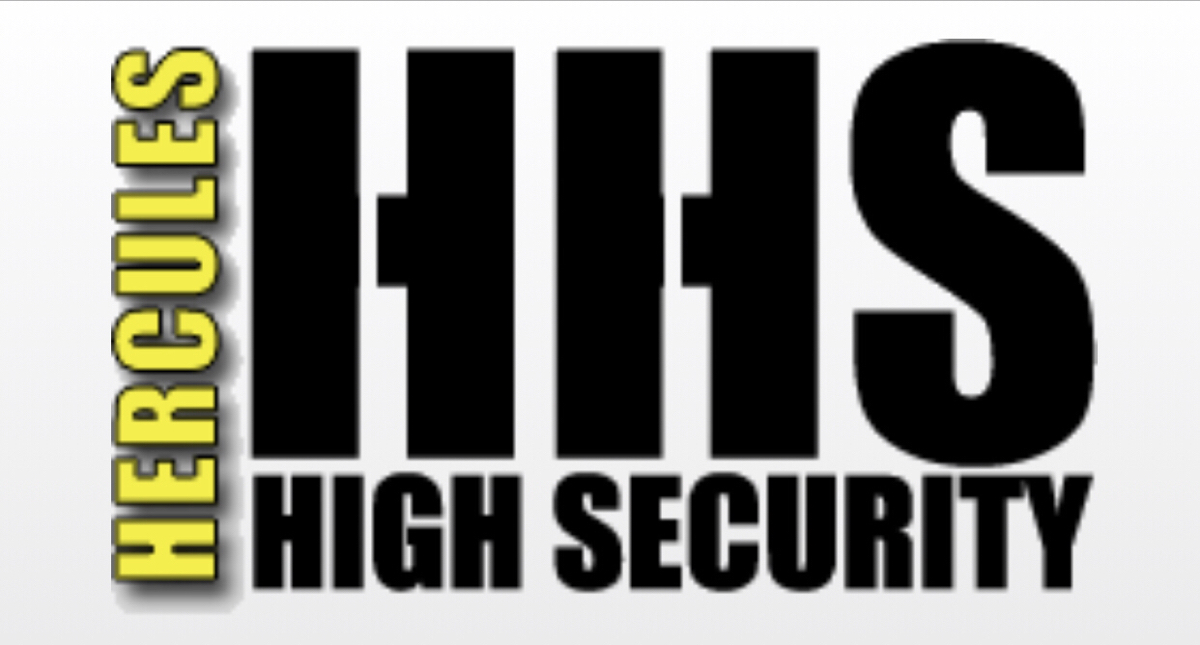Information
-
Site Name
-
Document No.
-
General Contractor / Site Owner
-
Conducted on
-
Prepared by
-
Location
-
Personnel
Service Report
-
Start time
-
Serial Number
-
Add media
At the time of the initial diagnostic service mobilization, the Technician will note any deficiencies in the existing system regarding compliance with UL325 standards and advise the customer of same. Systems that do not comply with current UL325 standards may or may not be serviced at this time at our discretion. Technician will also determine at that time if the requested work is covered under warranty, at which point some or all of the charges may be waived.
-
Are there any audible alerts
-
Are there any error codes
-
Are there any blown fuses or tripped breakers
-
Are there any LED lights active in the open, close or stop terminals indicating an inappropriate hold
-
Are there any LED lights active in the safety terminals indicating an inappropriate hold
Gate inspection
-
Does the gate move freely and easily in manual operation
-
Is the Gate level
-
Positive stops are present at the beginning and end of gate to protect the gate from over travel
-
Is the gate free of any visible damage
-
Is the gate aligned correctly with receiver
-
Is the gate path clear throughout entire travel
-
Are the hinges properly greased
-
Do the internal rollers appear to be free of damage
-
Are the roller guides free of any damage
UL-325 & ASTM F2200
-
Are the gate rollers protected by roller covers (except gates over 8’)
-
Does the gate have at least two monitored safety devices? One on leading edge and one on trailing edge of gate
-
Are two safety signs posted on either side of the gate that are visible from the drive line
-
Is a pedestrian gate in the vicinity of the vehicle gate, designated to promote pedestrian usage
-
Are access controls mounted outside of the “No Control Zone”? 72” of gate’s travel path, open and close.
-
Have slide gates and vertical pivot gates been designed, screened or guarded to prevent reach through or passing of 2-1/4” sphere
-
Are all gaps less than 2-1/4” between gate post and gate? Over 16” is acceptable
-
Is the gate free of any protrusions on the bottom of the gate?
-
Are all protrusions on the trailing or leading edge less than 1/2”? (Slide gate only)
-
If present, is the razor wire at least 8’ above grade
-
If barbwire present, is it at least 6’ or higher above grade
-
Are the receiver guides recessed behind the leading edge of the receiver post (unless above 8’)
-
Is the gate stabilized or braced properly so that it can’t fall beyond 45°
-
Is the gate level? Gate can not move when not touched or hooked up to operator
-
Is the photo eye mounted within 5” of the gate.
-
Are all mechanical latches disabled
-
On a type D constant pressure to run scenario, does the gate stop immediately after input has been released
-
When the safety device has been trigger two consecutive times, does the gate stop until it has been re-set?
-
Are the EMERGENCY access control devices within line of site of the gate? EMERGENCY controls may be in the No Control Zone
-
Are all pinch points and entrapment areas protected by safety devices or guards
-
Is the gate hinged so that it does NOT create an area in excess of 4” between gate and hinge pivot point
-
For swing gates, is the gate LESS than 6” from the ground throughout the entire travel of the gate
-
Is the photo eye mounted within 5” of the gate.
Hydraulics
-
Are all hoses tightly secured and in good condition
-
Are all hoses neat, clean and free of moving parts<br>
-
Are hydraulic fluids full
-
Does hydraulic pressure meet operator’s specified requirements
-
Are the bypass pressure valves in the “correct” position for normal operation
Electrical and Electronics
-
Are all wires tightly secured and in good condition
-
Has a grounding rod been installed per NEC specifications
-
Does incoming Voltage meet operator’s specified requirements
-
Are the power switches in the “on” position
Gate functionality
-
When open command has been triggered, gate opens as designed
-
When stop command has been triggered, gate stops as designed
-
When close command has been triggered, gate closes as designed
-
Sequence of operations meets job specifications and performs as designed
-
Is the chain or drive rail properly aligned?
-
Is the area inside and around the operator clean and free of debris
-
Has customer been made aware of the Hercules High Security Preventative Maintenance Agreement
Photo Eye
-
Does the photo eye function as intended
-
When the photo eye has been triggered, does the gate reverse as designed
Safety Edge
-
Does the safety edge function as intended
-
When the safety edge has been triggered, does the gate reverse as designed
Loop & Loop detector Details
-
Does the loop detector function as intended
-
Do all Loops test above the minimum 200 Megohms required for proper function
-
Do loops appear to be in good condition (Covered by sealant, leads twisted correctly, asphalt/ concrete in good condition etc)
Technician’s Recommendations
-
Do any parts or materials need to be ordered
-
Comments/ Materials to be ordered
Completion Time
-
Select date
Electronic Signature Acknowledgement-I agree that my Electronic signature is a Legally and Binding Equivalent to my handwritten signature. Whenever I execute an Electronic Signature, it has the same validity and meaning as my Handwritten Signature. I will not at ANY time in the future, REPUDIATE the meaning of my Electronic Signature or Claim that my Electronic Signature is not Legally Binding.
-
Hercules High Security Representative
-
Customer representative’s signature






